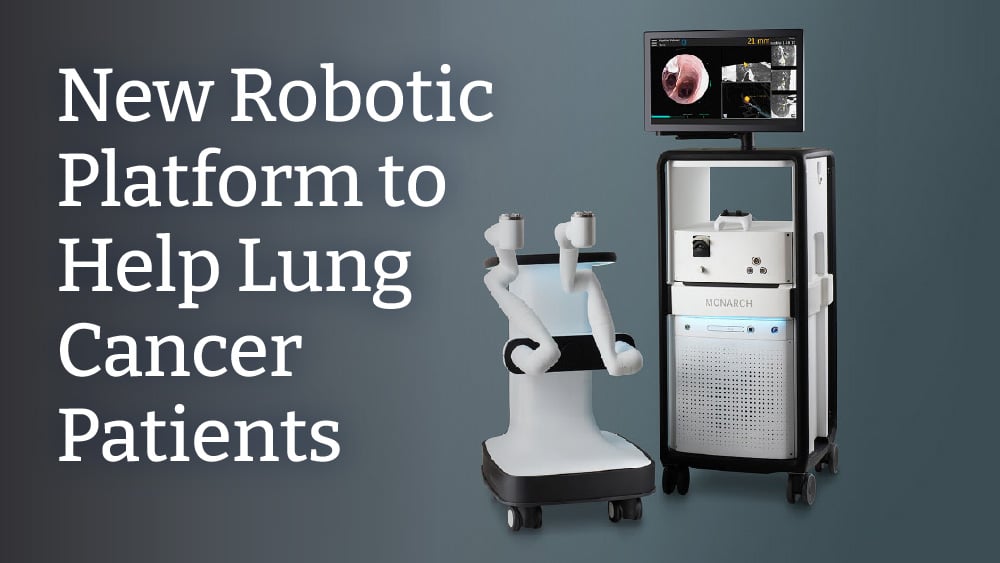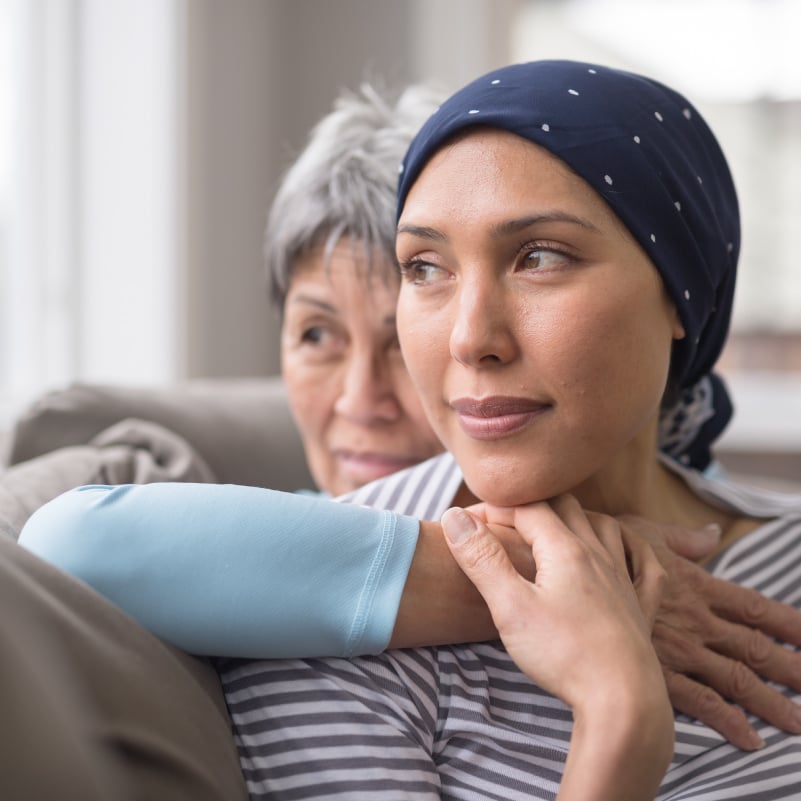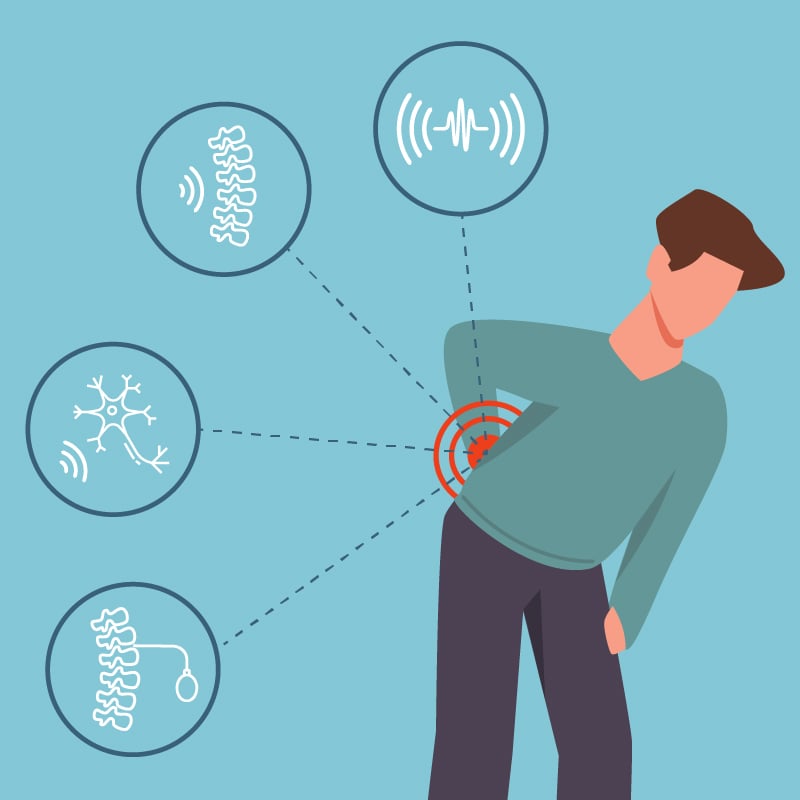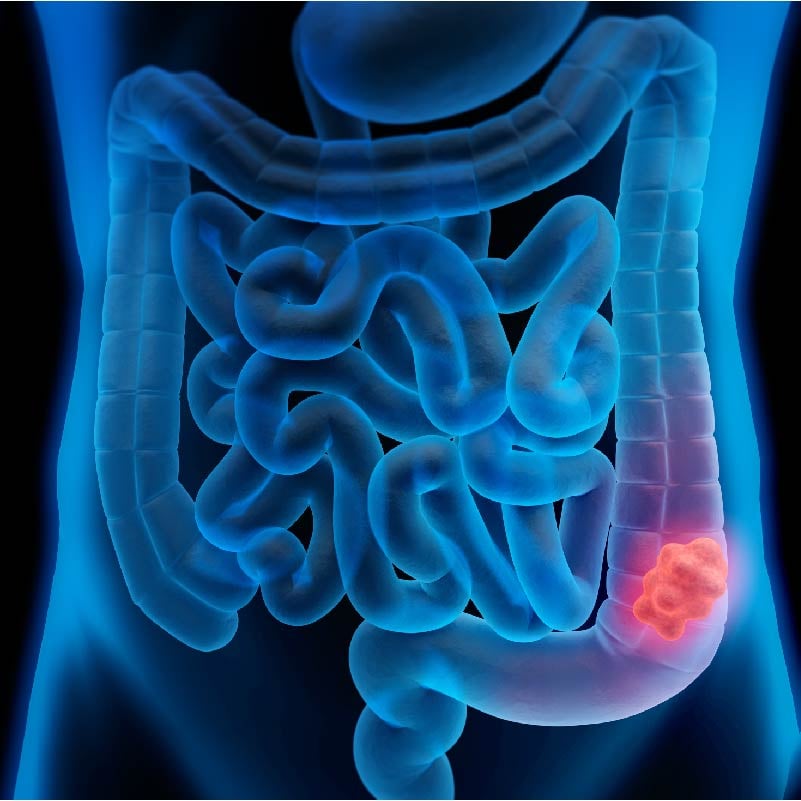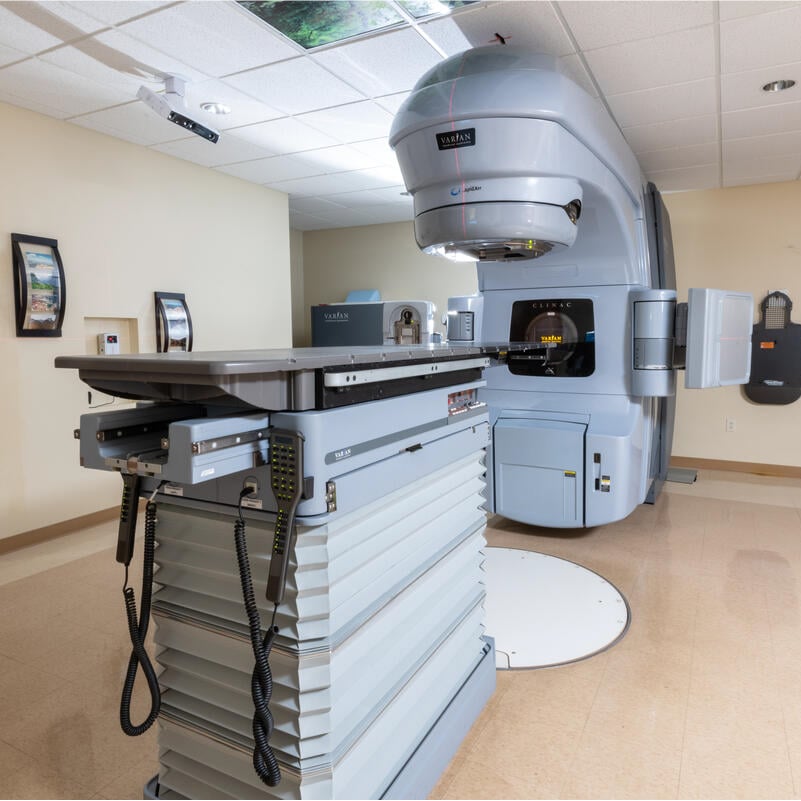Lung cancer is the leading cause of cancer-related deaths around the world. This form of the disease is especially difficult to treat because of how silently it can spread.
The good news: providers can often treat lung cancer if it is discovered early.
More advanced diagnostic technologies are being developed to give health care providers more tools in the fight against cancer. Rochester Regional Health is now using one of the most innovative endoscopic systems in this area: the Auris Health’s Monarch™ Platform.
The Monarch Platform
Approved by the U.S. Food and Drug Administration in 2018, the Monarch™ Platform is a way for providers to look inside the smallest parts of a patient’s lungs and obtain a tissue sample to be used for biopsy.
Using an intricately designed system that combines the most advanced elements of robotics, software, data science, and endoscopic technology, providers use a specially-designed hand-held control to guide a bronchoscope, a flexible tube with a tiny camera and tools inserted into a patient’s airway, inside a patient’s lungs. The providers can then see smaller peripheral nodules (growths) inside the lungs in areas that would be difficult to reach using more traditional methods.
Providers are guided through the patient’s lungs via computer-assisted navigation. The pathway to the nodules in the lungs is based on 3D models of the patient’s own lung anatomy created during a CT scan.
“This is a very exciting field,” said Jayashri Bhaskar, MD, Director of Bronchoscopy at Rochester General Hospital. “As we are able to become more and more precise with our screening, we can target patients who cannot have multiple courses of radiation treatments to the lung and localize their treatment. This offers an alternative without the risks of excessive radiation.”
Benefits
Traditional techniques for lung cancer diagnosis are helpful, but are also limited in some ways.
These methods are often more invasive and potentially risk side effects such as collapsed lungs or hemorrhages. In addition, some (screenings) procedures produce inaccurate test results – both false positives and false negatives.
Bringing the Monarch™ Platform in as a way to diagnose patients eliminates many of these concerns. Patients are placed under general anesthesia before undergoing the procedure. Providers who use this system are able to diagnose, and eventually treat, hard-to-reach, small peripheral nodules with greater precision than ever before. Being able to reach smaller areas of concern means detecting cancer earlier, which also means gives patients a better chance at beating a lung cancer diagnosis.
Some patients are even able to be diagnosed and treated in the same session with the Monarch™ Platform, which may eliminate the need for multiple procedures and even surgery.
“Using this less invasive and more precise method of biopsy and diagnosis will no doubt save lives,” said Margaret Zambon, MD, Program Director of Interventional Pulmonology at Unity Hospital. “Overall, the Monarch™ Platform gives providers greater access to the lungs, improves outcomes for patients, and lowers costs across health care systems.”
Next steps
Patients who have an incidentally detected lung nodule on imaging should speak with their primary care provider about a referral to a specialist for evaluation.
The primary care provider will then refer the patient to a specialist with Rochester Regional Health’s Pulmonary Care team, who will begin a more specific screening process for the Lung Cancer Screening Program.

